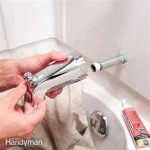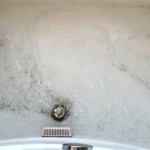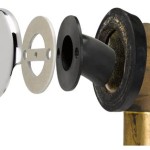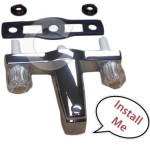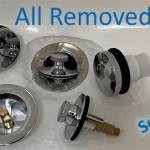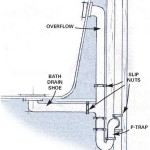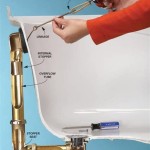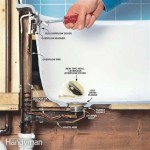Are Bathtub Overflow Drains Required?
Bathtub overflow drains are a common feature in most homes, but many people may not understand their purpose or if they are actually necessary. While they are not strictly required by building codes in all jurisdictions, they serve a vital function in bathroom safety and prevent potential water damage. This article will explore the reasons behind overflow drains, their importance, and the factors that may influence their necessity.
Understanding the Purpose of Bathtub Overflow Drains
Overflow drains are designed to prevent water from spilling over the bathtub's rim and flooding the bathroom. They are typically located near the top of the bathtub, often concealed beneath the rim. When the water level in the bathtub reaches the overflow drain opening, it flows through the drain and into the plumbing system, preventing further filling. This mechanism ensures that the bathtub cannot overflow even if the faucet is left running unintentionally or malfunctioning.
Safety Considerations and Water Damage Prevention
Overflow drains play a crucial role in bathroom safety. Without them, a bathtub could quickly overflow, leading to water damage and creating a hazardous environment. Water spills can cause slippery floors, making the bathroom unsafe for occupants. Additionally, overflowing water can seep into walls and floors, leading to mold and mildew growth, which can pose health risks. The overflow drain effectively prevents these issues by diverting excess water, safeguarding the bathroom and the occupants' health.
Factors Affecting the Necessity of Overflow Drains
While overflow drains are generally considered essential, their necessity may vary depending on several factors. In some jurisdictions, building codes mandate the installation of overflow drains for tubs exceeding a certain size or depth. Other factors that may influence the necessity of overflow drains include:
- Bathtub size and depth: Large and deep tubs have a higher risk of overflowing, making overflow drains more important.
- Water pressure: High water pressure increases the risk of overflow, making an overflow drain a prudent safety measure.
- Occupant's age and mobility: Elderly or individuals with mobility limitations may be more prone to accidents in the bathroom, making overflow drains a crucial safety feature.
- Location and frequency of use: Bathtubs in areas prone to water damage or used frequently may benefit from overflow drains, even if not mandated by code.
Alternatives to Overflow Drains
In some cases, alternative solutions may be considered to mitigate the risk of bathtub overflow. These alternatives may include:
- Automatic shut-off valves: These valves attach to the faucet and automatically stop the water flow when the bathtub reaches a predetermined level. However, these valves may require maintenance and may not be as reliable as overflow drains.
- Smart faucets: Smart faucets with integrated sensors can detect and automatically shut off the water flow when the bathtub is full. These faucets offer convenience and safety but may be more expensive than traditional faucets.
- Manual monitoring: Closely monitoring the water level in the bathtub can prevent overflow, but it may require constant attention and may not be practical in all scenarios.
It's important to note that these alternatives may not provide the same level of safety and protection as overflow drains. Overflow drains remain the most reliable and effective solution for preventing bathtub overflow and protecting the bathroom from water damage.

What Is A Bathtub Overflow Drain 2025 Guide With Examples And Photos Badeloft

What Is A Bathtub Overflow Drain 2025 Guide With Examples And Photos Badeloft

Drain Overflow Assemblies Fine Homebuilding

What Is A Bathtub Overflow Drain Service Plus Plumbing

How Does A Bathtub Overflow Drain Work

All About Bathtub Overflow Drains Eisenhome

How To Size A Tub Drain

Waste And Overflow Upcodes

What Is A Bathtub Drain Kit Hofen

How Does An Overflow Drain Work In A Bathtub
Related Posts

